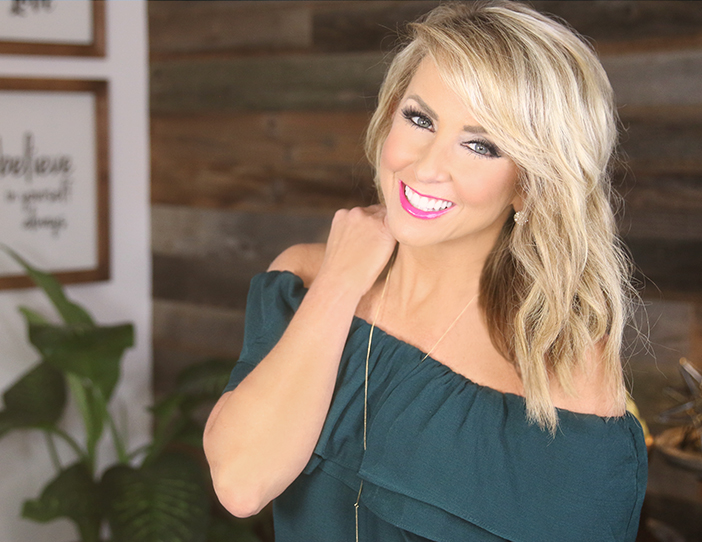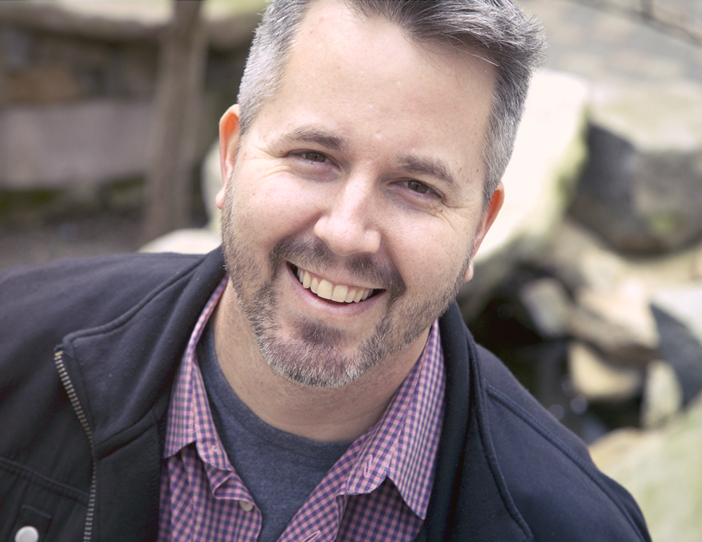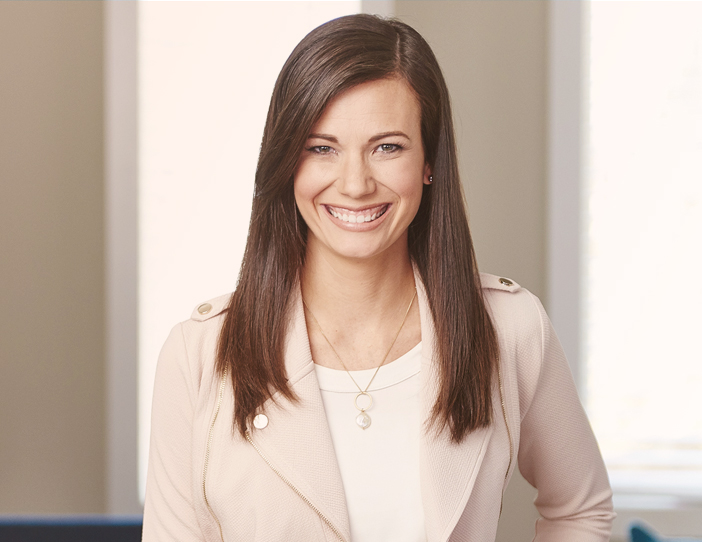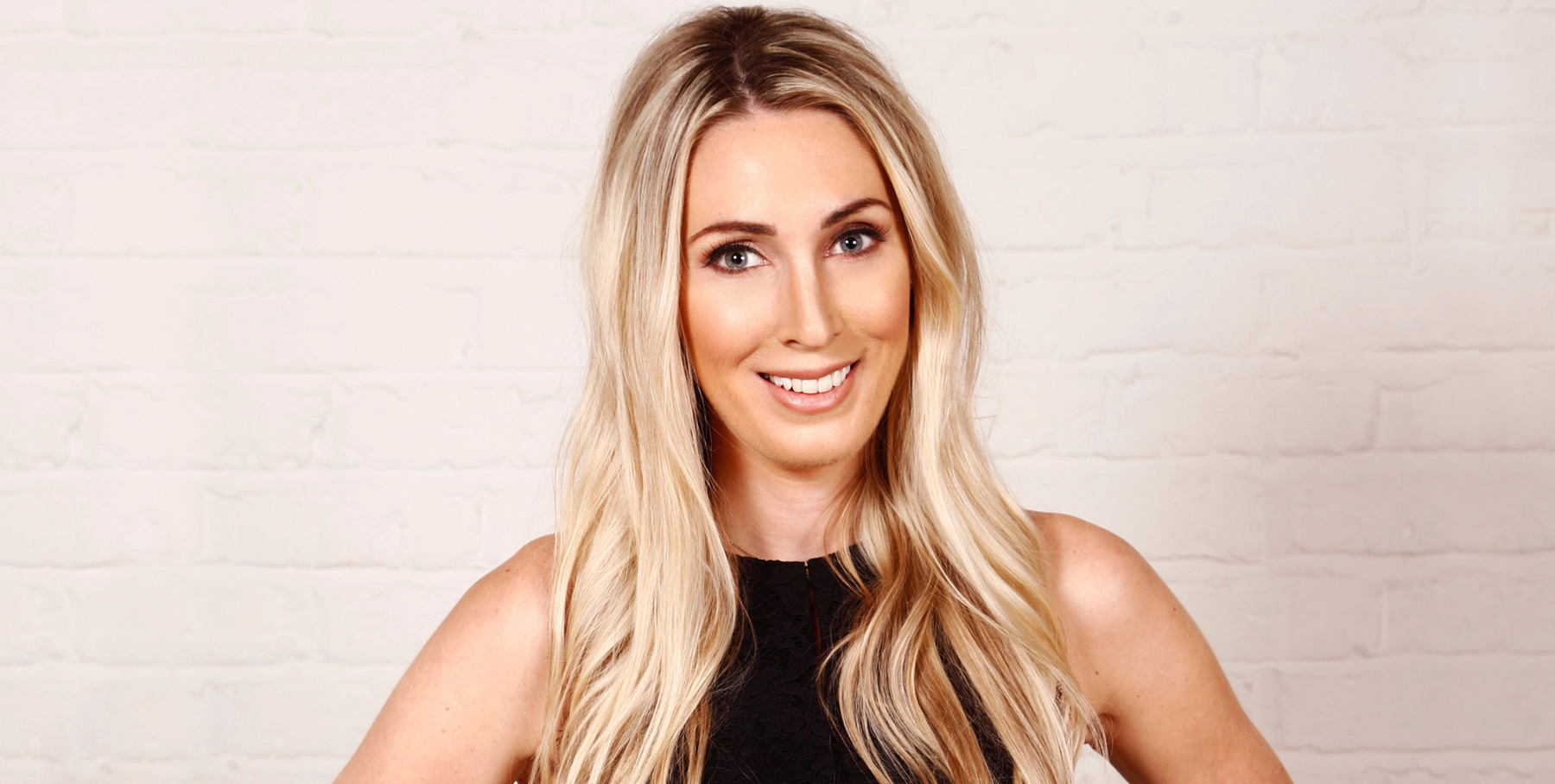
Episode Description
If you’re trying to start and grow a business, you know it’s not an easy road. Rewarding, yes. Eventful, yes. But easy? Not at all.
But like any journey, you’re better off if you’ve equipped yourself properly for it.
And that’s why I am so honored to have Carrie Green joining us on the Building a Story Brand podcast. She’s the founder of the wildly successful Female Entrepreneur Association, and she’s carved out a common path entrepreneurs can follow to grow their businesses.
It’s wonderful wisdom that will make the entrepreneurial journey easier, especially in the beginning stages.
Step 1: Start clarifying your vision
“If you don’t know where you want to go,” Carrie told me, “any road will take you there.”
This is especially true for entrepreneurs. You’ve got to understand what Carrie calls “the heart and soul” of what you want your business to be. There may be some twists and turns in discovering that vision, especially as you’re getting started, but keep seeking clarity as your business evolves.
For an example, here’s how Carrie describes her vision for the Female Entrepreneur Association: “I want to inspire and empower as many women from around the world as I possibly can to build successful businesses.”
What I love about this is how clear it is. When an opportunity comes Carrie’s way, she can run it through this filter and easily see what’s a good fit and what’s not.
Step 2: Move through your fears and doubts
If you want to create anything worthwhile — a book, a work of art, a business — you’re going to deal with fear. I love this from Stephen Pressfield’s instant classic The War of Art:
“Are you paralyzed with fear? That’s a good sign. Fear is good. Like self-doubt, fear is an indicator. Fear tells us what we have to do. Remember one rule of thumb: the more scared we are of a work or calling, the more sure we can be that we have to do it.”
If you want to create anything worthwhile — a book, a work of art, a business — you’re going to deal with fear.
Carrie calls it the “negative committee in your head” that you hear when you come up with a big idea or dream. It’s going to tell you that you don’t have what it takes. That you’ll fail miserably. That everyone will see you crash and burn and realize you’re a fraud.
This negative committee is a part of practically every entrepreneur’s journey, so it’s critical that you find ways to diffuse those voices.
For Carrie, she has what she refers to as her “bag of mindset magic tricks.” She surrounds herself with positive messages to remind her that she can trust herself to handle whatever the next big scary step is. For example:
• A vision board with inspiring words and images — the word “trust” is a big one
• Motivating quotes around her house (A favorite is “I can and I will. Watch me!”)
• A list of her favorite personal development podcasts or quotes, like Les Brown
Those positive messages will be different for each of us. But think about what will help you now, so you know how to take care of yourself when (not if) that “negative committee” in your head speaks up.
Step 3: Connect deeply with your audience
The biggest thing your business can do if you want to grow is to start listening to your audience. Start understanding who they are. It’s so simple that a lot of small businesses assume they understand their customers and skip this step.
Carrie encourages us to “get to know [your customers] better and better and better, because then you can serve them.”
The biggest thing your business can do if you want to grow is to start listening to your audience.
We talk about this a lot on the Building a Story Brand blog. We believe your customer should be the hero in the story of your brand, not you. So you’ve got to spend time focusing on what that customer wants and where he or she struggles.
One idea of Carrie’s that I love is simply to ask questions. She’ll create a graphic with a compelling question, like “What is your biggest frustration in your business right now?” and post it on Facebook. Then she’ll read the comments to understand not only what her customers are struggling with but also the exact language they use to describe their frustrations.
I’ve learned a lot about our customers by reading their thoughtful responses to our surveys, seeing how conversations unfold in our StoryBrand customer community on Slack, and in comments on social media. For more on understanding your customer, check out the podcast episode we did with Chalene Johnson.
Step 4: Build a tribe of raving fans, subscribers, and customers
In the marketing world, we spend a lot of our energy thinking about how we guide someone from being interested in our services to becoming a customer.
As a result, often we never get around to considering how to then turn those customers into raving fans.
But this is a critical part of your journey as an entrepreneur, and to do it, Carrie says, you’ve got to “wow and delight” your customers.
I bet it won’t take you long to recall a brand who’s delivered a “wow” experience for you in the last year. That kind of experience stops you in your tracks and sticks in your head.
And it doesn’t have to be a massive undertaking. It’s the small things we do. The details in what we produce. In Carrie’s mind, we can best “wow and delight” our customers when we ask the simple question, “How do I want people to feel when they read my emails, attend my events, come to my website, or have any other kind of interaction with my business?”
Step 5: Learn the art of focus
I watched a documentary recently about Warren Buffett. He said everybody he knows who’s successful has learned the art of focus. They just say no to most things and manage their time.
It’s a key lesson entrepreneurs must learn as our businesses grow and more opportunities come our way.
And if you struggle with focus, good news — so does Carrie. “It’s so easy,” she admitted, “to get shiny object syndrome and want to do everything.”
But one place she excels at focus is in social media. It’s tempting to feel like you’ve got to be killing it on Twitter, Instagram, Facebook, Snapchat, whatever — but she has focused on Facebook. As a result, she understands it inside and out, and Facebook has been a major driver of the growth of her membership site.
Step 6: Condition yourself for success
A lot of people nail everything on this list except for this final point.
They may in fact succeed, but they don’t move to that next level of the stratosphere because they’re actually not okay with success. There’s something deep in them that keeps them from accepting it.
That’s why Carrie urges us to condition ourselves for success.
“Success is everyone’s for the taking,” Carrie says. “Success isn’t an accident. We have to create it on purpose every single day. It’s a choice we make, and we can all choose to make that decision, but so often people think that it’s not theirs for the taking, so they never even make the choice to take it.”
Success isn’t an accident. We have to create it on purpose every single day.
How can we do this?
For Carrie, it’s all about keeping a positive mindset that is always seeking ways to grow. Yes, that means growing the business, but it also means growing as a person and discovering new things about yourself.
This mindset pushes you out of your comfort zone, helps you pursue the next big thing, and keeps you from becoming complacent.
“That’s what I love so much about entrepreneurship,” Carrie says. “It just changes who we are so much for the better.”
—
Growing our businesses is important, but it isn’t really the end game, is it? It’s about improving lives, including our own. And nothing will refine and strengthen you quite like the journey of entrepreneurship.
So be encouraged, wherever you are in your entrepreneurial journey, to keep taking the next right step for your business. I know you’ll find your way to greater and greater levels of growth, both for your company and yourself.
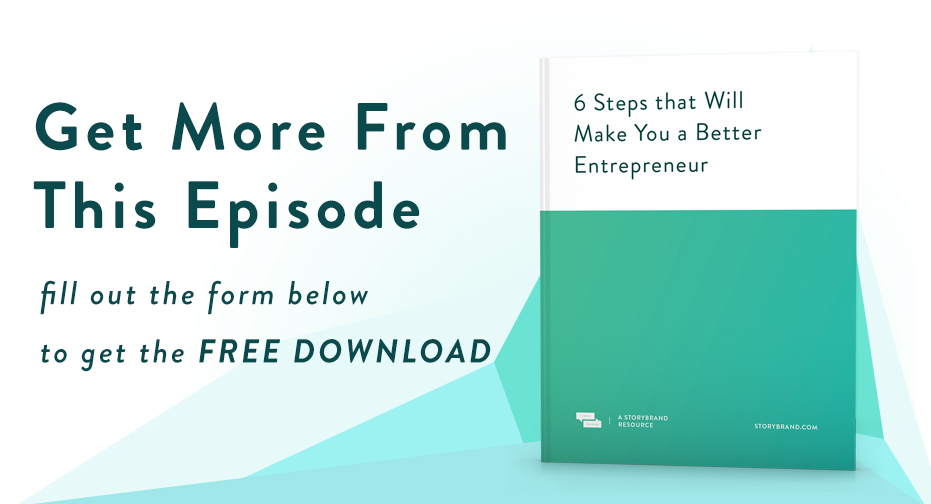
Answer a few short questions on our downloadable worksheet and apply this episode to your life and your business. You’ll remember more of what you learned and have clarity for how to put it to use right away.
Executive producer: Tim Schurrer
Additional production and editing: Chad Snavely

